How to Spot Roof Damage After a Storm: Fall Edition
How to Spot Roof Damage After a Fall Storm

When autumn rolls in, so do seasonal storms that can take a toll on your roof. At Riley Roofing, we believe in proactive care, which is why it's essential to know how to spot roof damage after a storm—especially during the fall. With proper attention and a timely inspection, you can prevent small issues from escalating into costly repairs. Here's what to look for after a storm hits.
1. Check for Missing or Damaged Shingles
Shingles act as the first line of defense against storms. After strong winds or heavy rain, inspect your roof for missing, cracked, or curling shingles. Any damage, especially during the fall when colder temperatures are approaching, can lead to leaks and structural issues.
2. Look for Granule Loss
Fall storms, particularly those with heavy rainfall, can cause your shingles to shed granules. These granules protect the roof from UV rays and weather damage. Check your gutters for a buildup of these granules—it's a sure sign that your roof has experienced storm-related wear.
3. Inspect for Leaks or Water Stains
After a storm, head inside and examine your ceilings and attic for water stains or leaks. These are clear indicators that your roof's integrity may have been compromised. Catching this early during a fall inspection can help you avoid bigger problems when winter snow arrives.
4. Check the Flashing
Flashing, the metal strips that seal areas around chimneys, skylights, and vents, is particularly vulnerable during storms. Look for loose or damaged flashing, which could allow water to seep into your home.
5. Examine Gutters and Downspouts
Storm debris such as leaves, twigs, and dirt often clog gutters and downspouts during fall. Blocked drainage can cause water to pool on your roof, increasing the risk of damage. Ensure these are clear and functioning properly to keep water moving away from your home.
6. Inspect Roof Valleys
Roof valleys are where two sections of the roof meet, creating a natural pathway for water. If the shingles in these areas are damaged or missing, it’s an urgent issue that needs repair before the next storm.
7. Watch Out for Fallen Debris
After a storm, it's common to find branches, leaves, or other debris scattered on your roof. Heavy debris can cause dents, punctures, or even break shingles. Be sure to remove any debris promptly to prevent further damage.
Why Fall Roof Inspections Are Important
Fall is an ideal time for roof inspections, especially after storms. As winter approaches, addressing potential issues now can save you from more severe problems down the line. Whether it's inspecting for storm roof damage or preparing for colder weather, Riley Roofing is here to help keep your home safe and sound.
Call Riley Roofing for Your Fall Roof Inspection
Don’t wait until small issues turn into costly repairs. If you've noticed any of these signs after a fall storm, call Riley Roofing today for a comprehensive inspection. Our experienced team can assess any storm roof damage and ensure your home is ready for the season ahead.
SERVING
And Surrounding Areas
HOURS
HOURS
CONTACT US
Call or Text


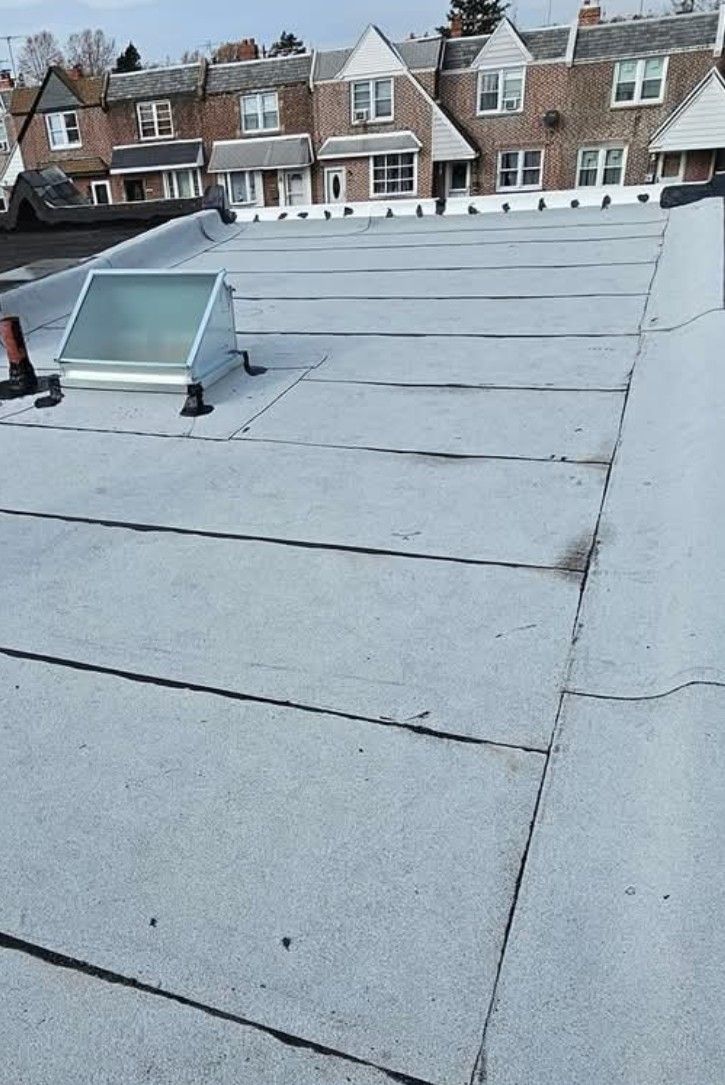

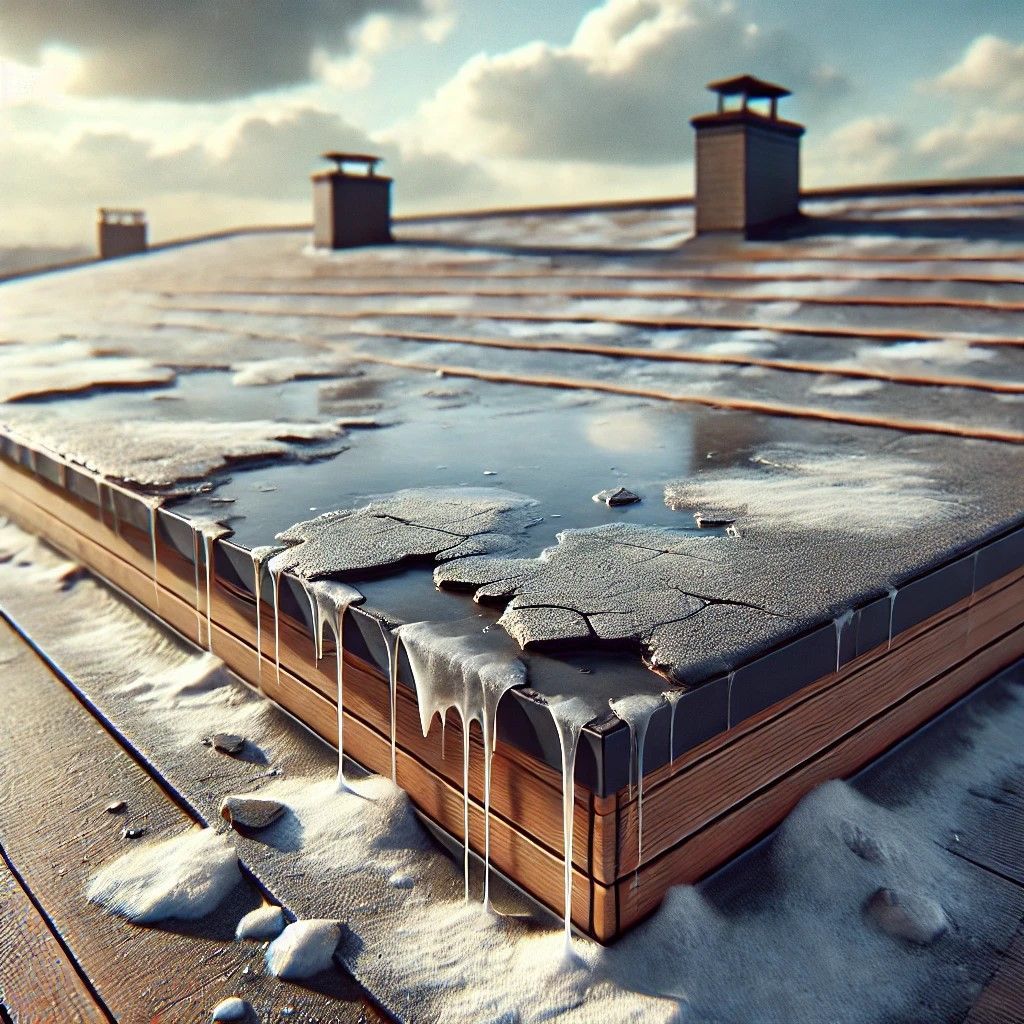
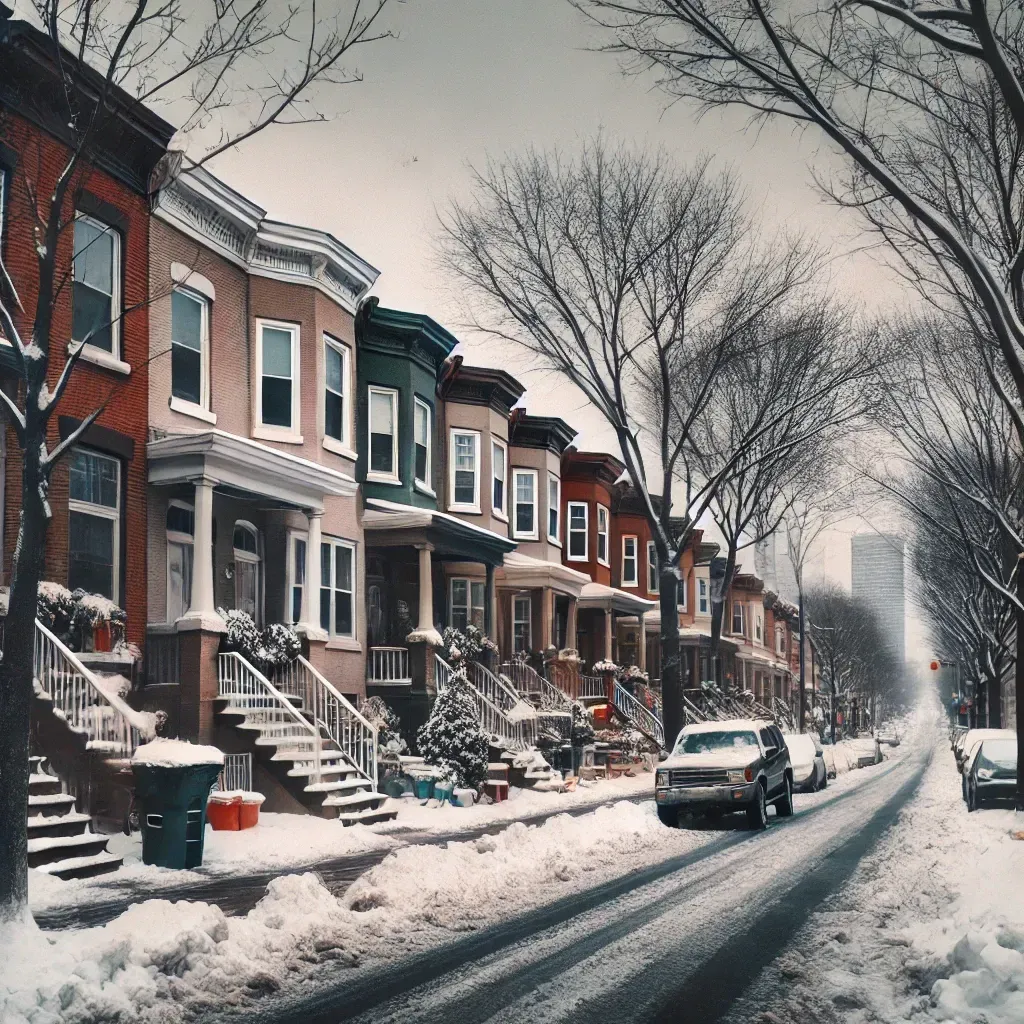



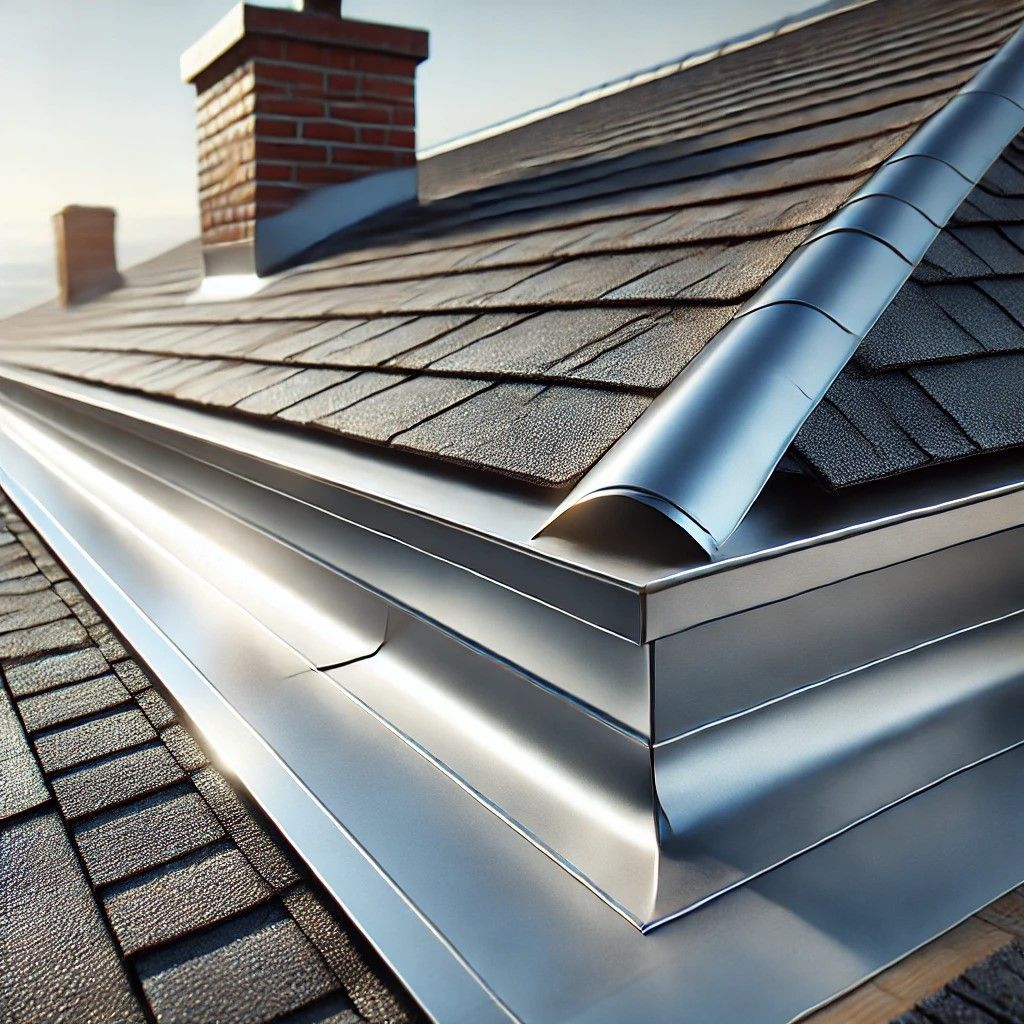
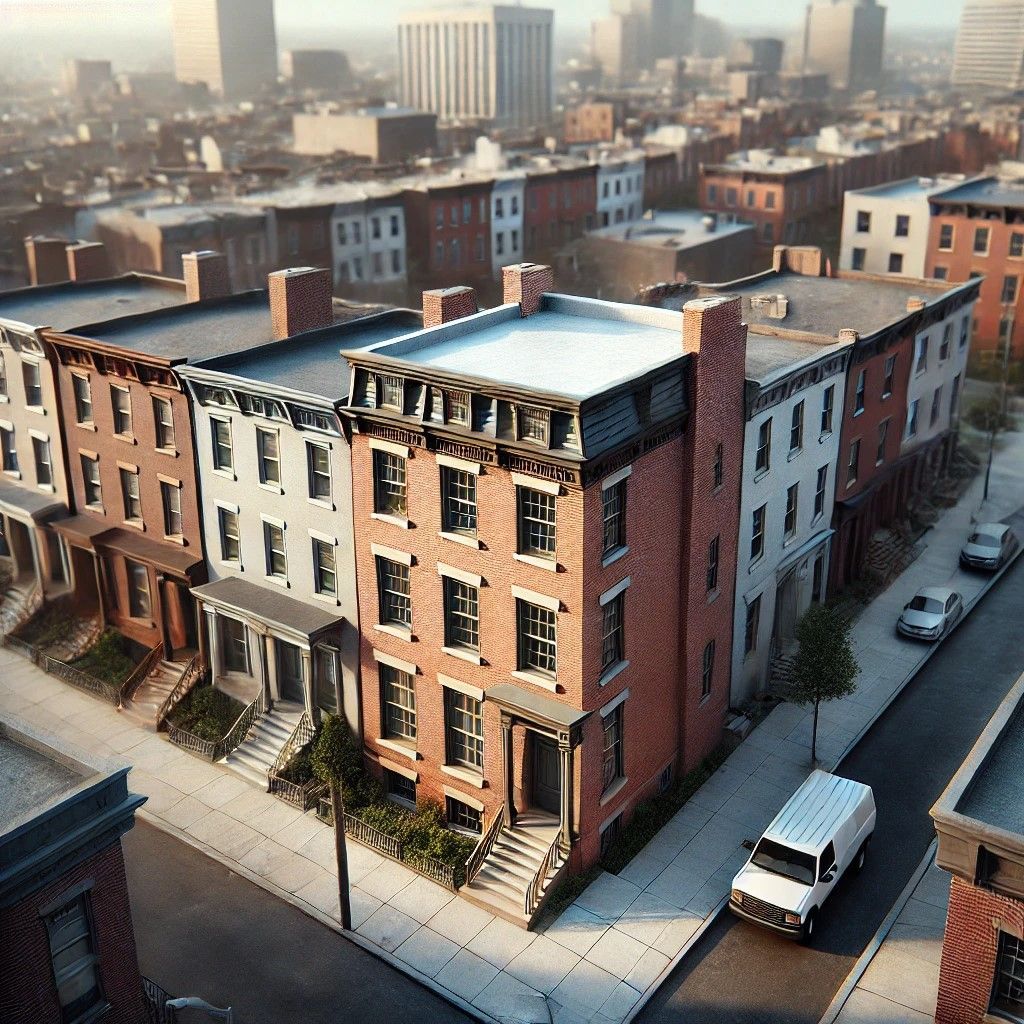

Share On: